drk14
Brilliant_Rock
- Joined
- Jun 25, 2014
- Messages
- 1,061
Experiment 2:
Required Materials:
In a darkened environment, place the diamond(s) and tonic water next to each other, and illuminate with UV light. Compare the relative intensity of the tonic water and diamond. Bonus points if you can estimate the equivalent GIA fluorescence grade of the tonic water.
I would really appreciate if someone could actually do this experiment and report back, as I cannot currently perform this test for myself (as the only fluorescent diamonds that I have access to are ungraded melee stones)!
Feel free to also report your results from Experiment #1...
Required Materials:
- One or more diamonds, with non-negligible fluorescence.
- One black light (or similar LWUV light source).
- Tonic water.
- UV-blocking safety glasses (depending on the strength of your UV light source)
In a darkened environment, place the diamond(s) and tonic water next to each other, and illuminate with UV light. Compare the relative intensity of the tonic water and diamond. Bonus points if you can estimate the equivalent GIA fluorescence grade of the tonic water.
I would really appreciate if someone could actually do this experiment and report back, as I cannot currently perform this test for myself (as the only fluorescent diamonds that I have access to are ungraded melee stones)!
Feel free to also report your results from Experiment #1...

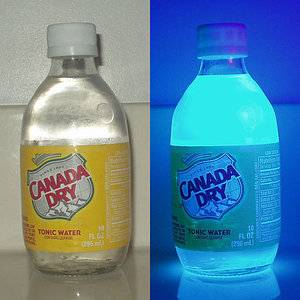
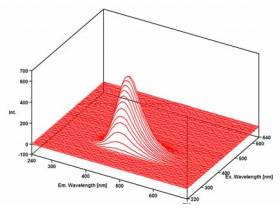
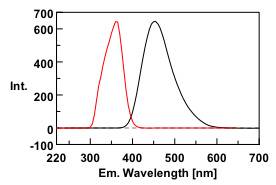
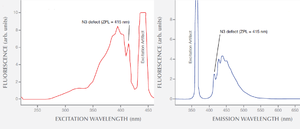
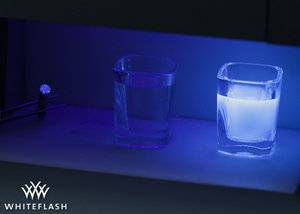


300x240.png)